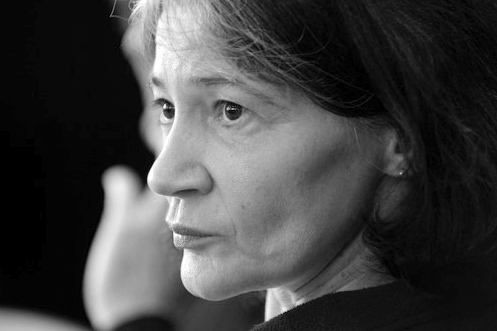The Kuleshov Experiment in the Course of a Conference
Abstract
The course of the conference “Artistic Research in Applied Arts”
is based on interruptions and cuts.
In everyday life we tend to see breaks as having negative
influences on our productivity and ability to reflect.
However, the phenomenon of interruption is a productive aesthetic principle.
It is said that the Soviet filmmaker Lev Kuleshov believed that
meaning is solely produced through interruption, through the combination of different images.
William S. Burroughs saw the interruption or cut-up as a way of freeing oneself from
words and images as mechanisms of control which lock us
into conventional patterns of perceiving, thinking and speaking.
The cut-up redefines the work of art
as a process that occurs in collaboration with others.
The aesthetic principle of the interruption opens up
the work of art to a radical reconfiguration of human subjectivity.
In the context of a conference interruptions open up spaces for reflections.
The conference setting is made for encounters through cuts.
The course of the conference, understood as a research instrument,
builds a structure of artistic research for presenting artistic research in applied arts.
About
Gabriele Schmid studied Fine Arts, Art Education and
Art History at the University of the Arts Berlin.
She worked as Assistant Professor for Media Pedagogy and Cultural Journalism at the
University of the Arts Berlin from 1994 to 2004.
She wrote her dissertation about Illusionary Rooms in 1999.
She was Professor for Art Education at Carl von Ossietzky University Oldenburg from 2004-2007.
She is Professor for Aesthetic Education at University of Applied Sciences and Arts Ottersberg since 2007.
Her research is focused on artistic research in the context of aesthetic education.

Gabriele Schmid
